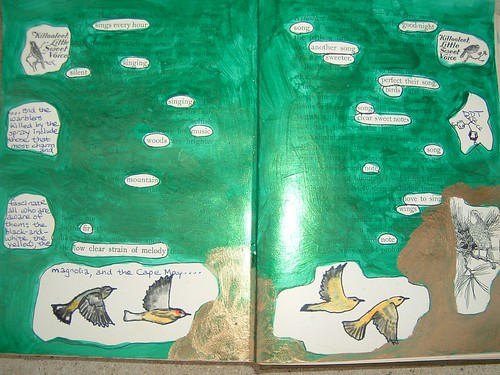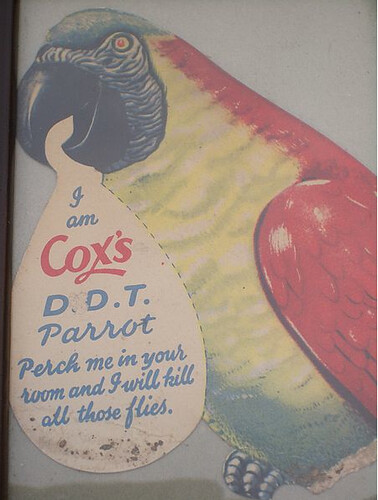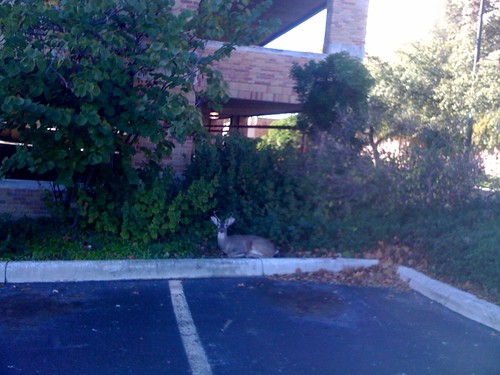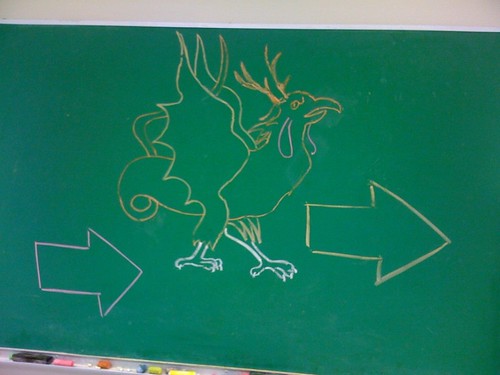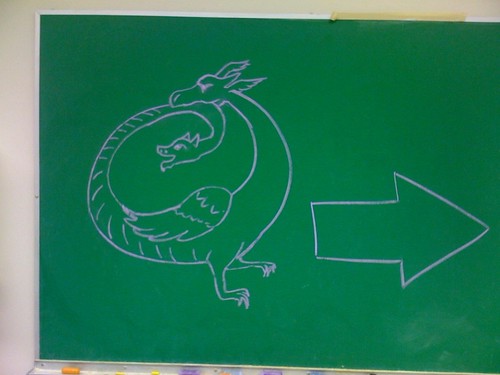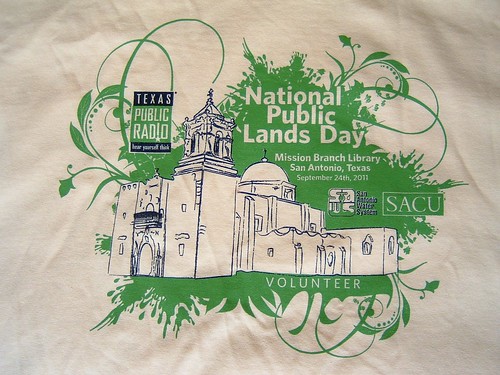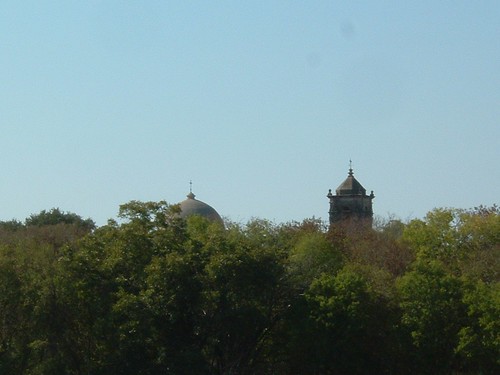Do you know what it means to miss New Orleans?
And miss it each day and night?
I know I’m not wrong – this feeling’s gettin’ stronger
The longer I stay away.
Miss them moss-covered vines, the tall sugar pines
Where mockingbirds used to sing
And I’d like to see that lazy Mississippi
Hurryin’ into spring.
~ Louis Alter and Eddie DeLange
That first line, of a ballad performed by Louis Armstrong and sung by Billie Holiday in the movie New Orleans, serves as the title for the introduction to Andrei Codrescu’s essay collection, New Orleans, Mon Amour. The introduction was penned post-Katrina, and in spite of the author’s descriptions of the resilience and humor of New Orleans residents, one can certainly sense his broken heart over the devastation of the city and diaspora of its natives. It was indeed a heart-breaking and shameful tragedy for all Americans, whether or not one had spent any time in the Big Easy. I kept thinking of this strange faded sticker on a light pole in my New Orleans neighborhood: Pray the Rosary to Save New Orleans. I passed it on my daily walks or runs to Lake Pontchartrain, and it usually brought a brief godless smirk to my face. My old neighborhood was completely inundated in the aftermath of Katrina, and neither praying the rosary, nor the finger bones of some poor wee saint at a nearby church, could save it.
I’m currently savoring Codrescu’s essays, and the first dozen or so I’ve read are delightful, full of the weirdness, “mythifying”, and magical realism characteristic of life in New Orleans. He describes the 19th-century serial novel by Baron Ludwig von Reizenstein, entitled The Mysteries of New Orleans: “Readers complained about the graphic details (especially the sex) but couldn’t put it down.” Musicians, artists, writers, and chefs sheltered at Codrescu’s Baton Rouge home following Katrina, and one of them (justifying the preparation of elaborate gourmet meals) stated ” … it may be the end of the world, but that’s no reason to become uncivilized.” A chapter entitled Cookin’ includes recipe names from local cookbooks: Microwave-baked Juicy Swamp Rabbit, Smothered Doves (O Picasso, O Paloma!), Garfish en croute, Gator Meatballs, Stuffed Teals, Sally’s Armadillo. There are a couple of topics, namely ghosts and dreams, which, as a rational scientist, I should dismiss snappily, but I couldn’t dispel a sense of familiarity while reading Codrescu’s essays. Wrong Number, a hilarious account of how the city is famous for wrong numbers and has a “telephonic voodoo cult”, posits that telling the caller that the person they’re seeking has died is no solution, because “… often the calls are for dead people.”
In Se Habla Dreams, Codrescu writes that New Orleans is a “city that dreams stories.” He claims that ghosts and pirates inhabit the city, and the dead saunter by casually; such supernatural events cannot help but influence the work of a writer. The varied scents and odors of New Orleans evoke a sense of “rotting and generating”; I am in complete agreement with this olfactory assessment of the city. While living in New Orleans, I once sent a handmade book, wrapped in a plastic newspaper sleeve, to an old friend who lived, as I do now, in a semi-arid city that enforces a sort of comparative hyposmia. He remarked that he smelled a humid New Orleans spring day – river mud, musk, roasting coffee, jasmine, magnolia – when he took the book out of the wrapper. I’ve also had dream experiences similar to the ones that Codrescu relates, particularly about Lake Pontchartrain (though mine were typically more unsettling and sinister).
I’m starting a list of non-fiction books about cities, and of fictional works in which a particular city or cities figure prominently; maybe I’ll keep track of this project on my About page. In any case, please please PLEASE leave your suggestions for city reads in the comments. Below are books I’ve read recently or that are queued on my Kindle.
Non-fiction
London: The Biography, by Peter Ackroyd
The City of Falling Angels (Venice), by John Berendt
New Orleans, Mon Amour, by Andrei Codrescu
Green Metropolis: Why Living Smaller, Living Closer, and Driving Less are the Keys to Sustainability, by David Owen
The Neighborhood Project: Using Evolution to Improve My City, One Block at a Time, by David Sloan Wilson
Emerald Cities: Urban Sustainability and Economic Development, by Joan Fitzgerald
Soft City, by Jonathan Raban (via cromercrox)
Fiction
Kraken, by China Miéville. London figures prominently in this urban fantasy novel.
Un Lun Dun, by China Miéville. London and its nonsensical mirror version, UnLondon.
Perdido Street Station, by China Miéville. Set in the fantastical city of New Crobouzon (suggested by cromercrox)
The City and the City, by China Miéville. Mystery set in two cities in the same place that ignore each other (suggested by cromercrox)
The Alexandria Quartet, by Lawrence Durrell. Not set in Virginia (via cromercrox)
The New York Trilogy, by Paul Auster. Described by Wikipedia as “meta-detective fiction” (via cromercrox)
Ulysses, by James Joyce. Dublin is an integral component of this novel.

